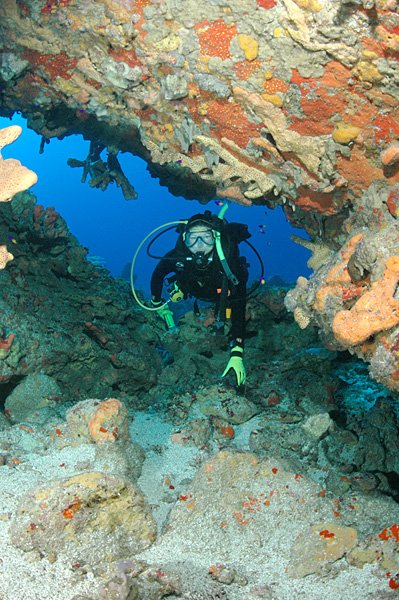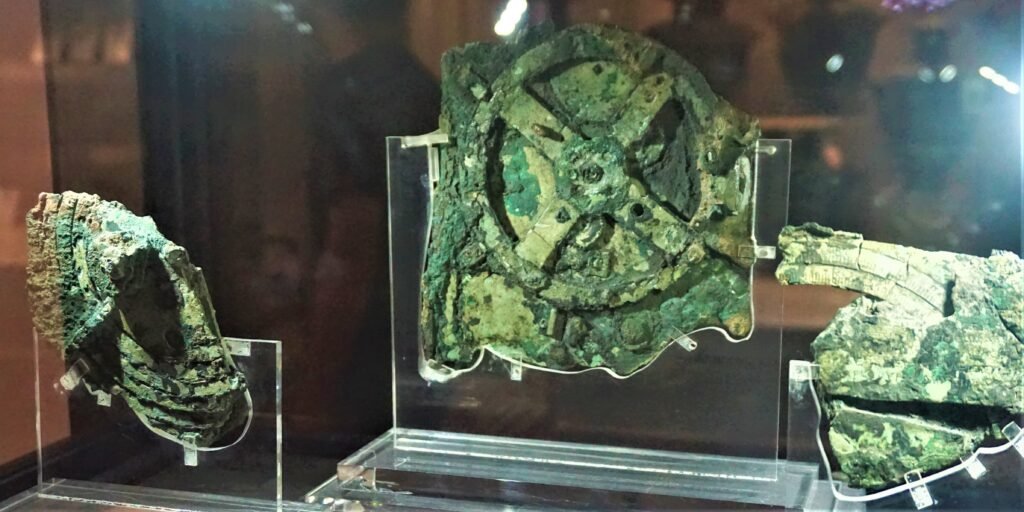Picture this: you’re strolling through a seemingly pristine wetland, admiring the purple flowers swaying in the breeze, when suddenly you realize you’re standing in the middle of an ecological crime scene. One plant can produce as many as 2 million wind-dispersed seeds per year, and it’s not supposed to be there at all. This is the story of invasive plants in North America – a tale of good intentions gone wrong, accidental stowaways, and nature’s most successful hitchhikers.
The Great Plant Migration Begins
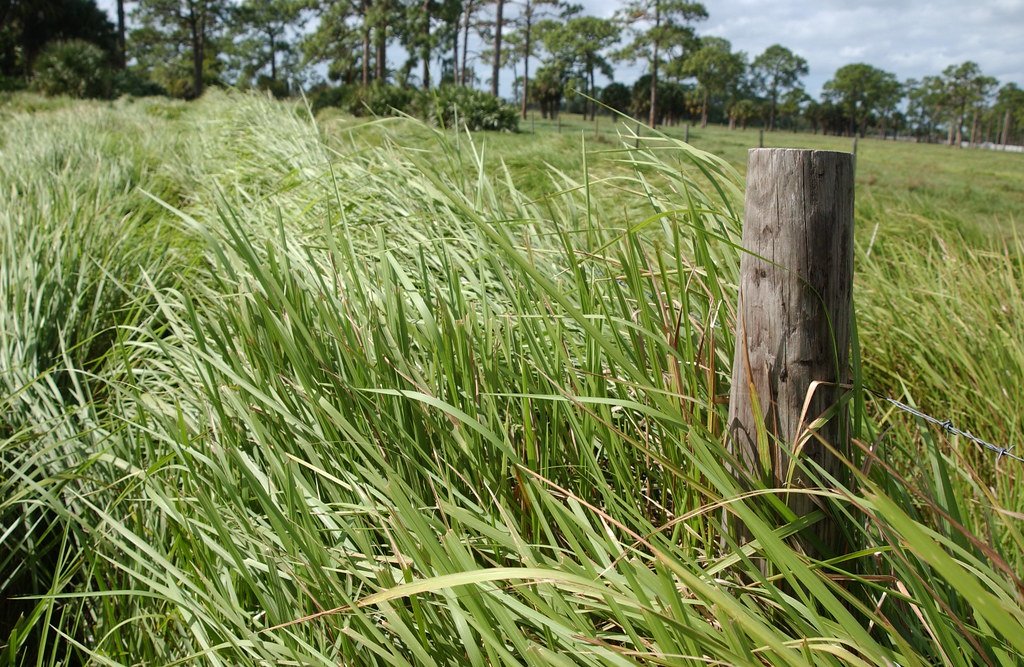
In recent years an increase in travel and international trade has rapidly introduced many new non-native species to the United States. But this invasion didn’t start yesterday. Think of the early 1800s as the opening of Pandora’s box for North American ecosystems. The introduction of English ivy dates back to the early 1700s when European colonists imported the plant as an easy-to-grow evergreen groundcover. What seemed like a brilliant gardening solution became one of our continent’s most persistent ecological headaches. It’s like inviting a houseguest who never leaves – except this guest slowly kills your furniture and takes over your entire home.
Ship Ballast: The Accidental Express Highway

Approximately 10 billion tons of ballast water is transported each year, accounting for 90% of our world trade. Typically, ballast water discharge contains a variety of biological materials including non-native, invasive, and exotic species that can cause extensive ecological and economic damage to aquatic ecosystems. Ships needed weight for stability, so they filled their holds with whatever was handy – soil, rocks, and inadvertently, millions of seeds and plant fragments. Purple loosestrife was probably introduced multiple times to North America, both as a contaminant in ship ballast and as an herbal remedy for dysentery, diarrhea, and other digestive ailments. This highly invasive plant was likely introduced when its seeds were included in soil used as ballast in European sailing ships and discarded in North America. Imagine dumping your backpack after a hiking trip, only to find out you’ve accidentally introduced an entire ecosystem to a foreign country.
Purple Loosestrife: The Beautiful Destroyer

The first discovery in the United States was in Lake Ontario in 1869. Purple loosestrife looked innocent enough with its striking magenta flower spikes, but appearances can be deceiving. Each mature plant can produce up to 2.7 million seeds annually. As tiny as grains of sand, seeds are easily spread by water, wind, wildlife and humans. It’s nature’s version of a biological carpet bomb. It was well-established in New England by the 1830s, and spread along canals and other waterways. The plant didn’t just quietly settle in – it conquered entire wetlands with the efficiency of a military operation.
Kudzu: Japan’s Gift That Kept on Giving
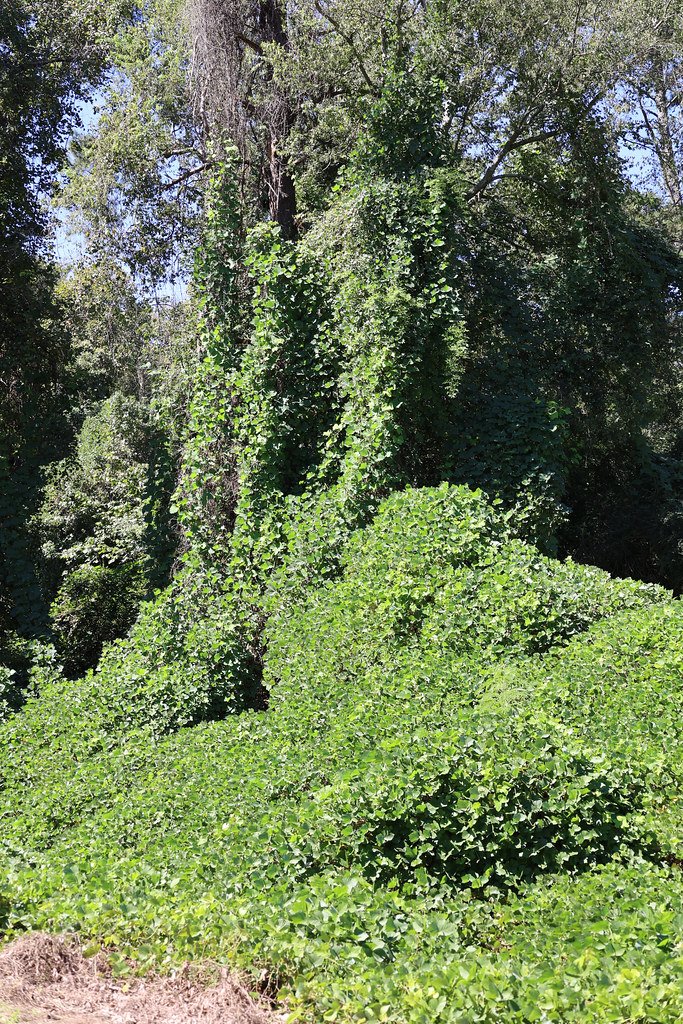
Japan introduced Kudzu to the U.S. at the Philadelphia Centennial Exposition in 1876. It was first promoted as an ornamental plant and later as a forage crop in the Southeast. The government was so enthusiastic about this green miracle that one million acres of Kudzu were planted in the 1930s and 1940s by the Soil Conservation Service to reduce soil erosion on deforested lands. Talk about buyer’s remorse! Once established, Kudzu grows at a rate of up to one foot a day and 60 feet annually. This vigorous vine takes over areas in the Southeast by smothering plants and kills trees by adding immense weight and girdling or toppling them. It’s like watching nature’s version of “The Blob” in slow motion.
Japanese Knotweed: The Bamboo Impostor
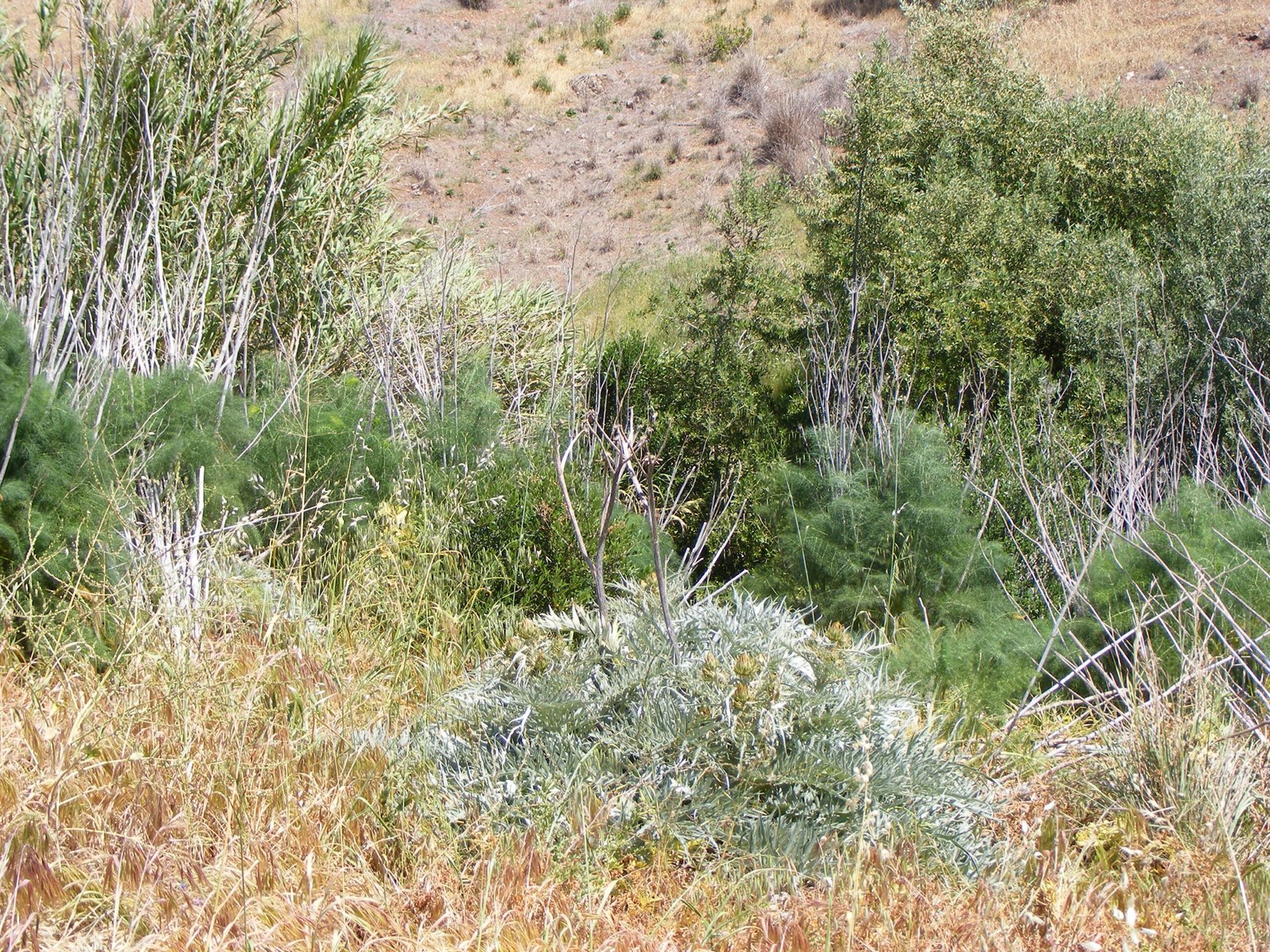
Japanese knotweed (Polygonum cuspidatum Sieb. & Zucc.), a member of the buckwheat family, was introduced into the U.S. from Eastern Asia (Japan, China, Korea) as an ornamental on estates in the late-1800s. It has also been used as an erosion control plant. Japanese knotweed has hollow stems with distinct raised nodes that give it the appearance of bamboo, though it is not related. Japanese knotweed can grow rapidly; stems can grow up to 8 cm per day. The plant can grow 1 m in height in three weeks, with the mature plant reaching full height by the end of July. Gardeners thought they were getting an elegant bamboo-like plant, but instead got nature’s bulldozer. Japanese knotweed escaped cultivation, overtook desirable vegetation and was recognized as a problem by the early 1900s.
English Ivy: The Evergreen Epidemic
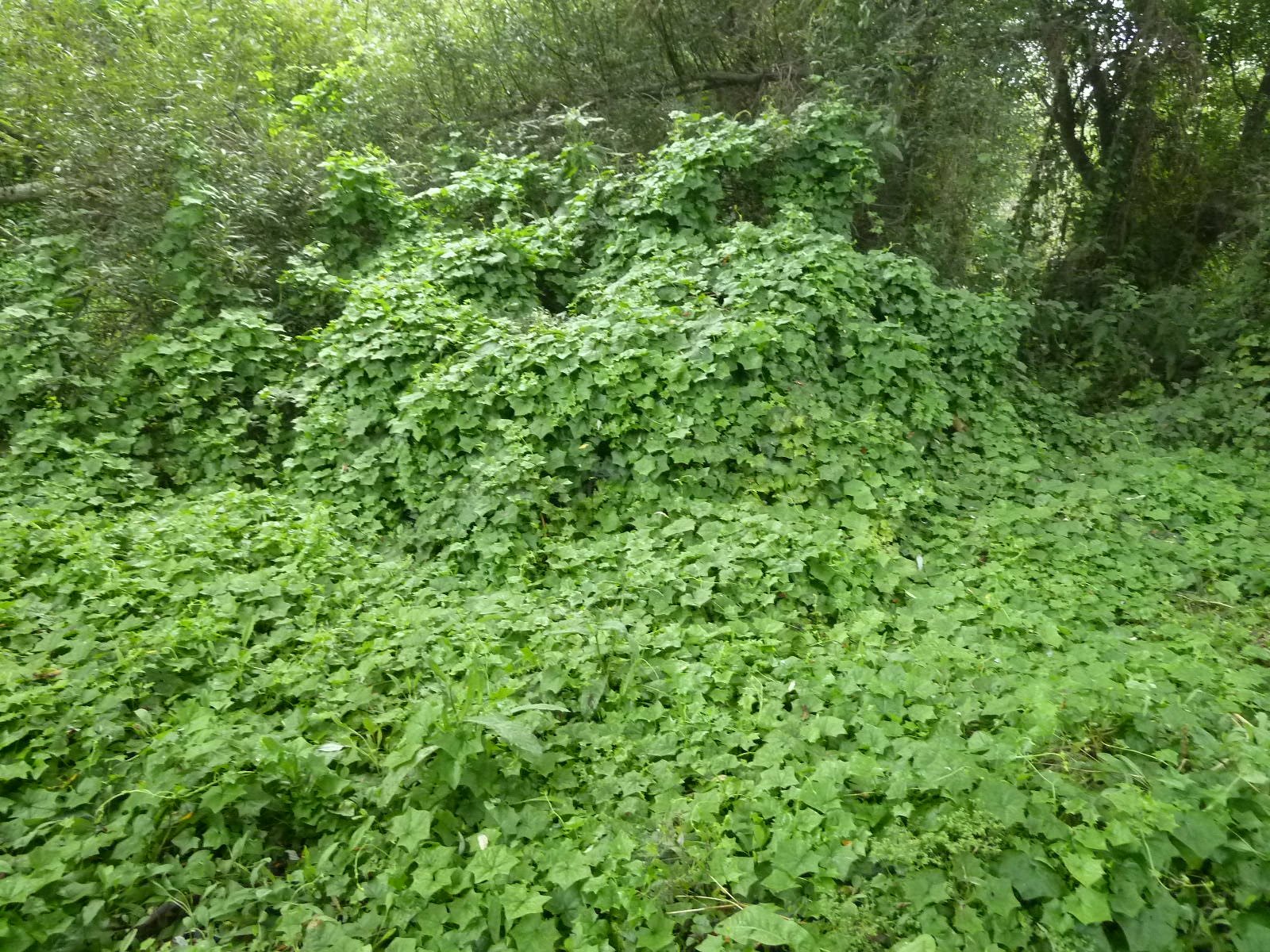
The introduction of English ivy dates back to the early 1700s when European colonists imported the plant as an easy-to-grow evergreen groundcover. What could be wrong with a plant that stays green year-round and covers unsightly areas? Everything, as it turns out. The planting and sale of English ivy continues in the United States even though it is one on the worst-spread invasive plants in the country due to its ability to handle widespread conditions, particularly on the east and west coasts. English ivy is an aggressive-spreading vine which can slowly kill trees by restricting light. It’s like hiring a security guard who gradually takes over your entire business. It spreads by vegetative reproduction and by seed, which are consumed and spread by birds.
The Ornamental Plant Trade: Beauty and the Beast
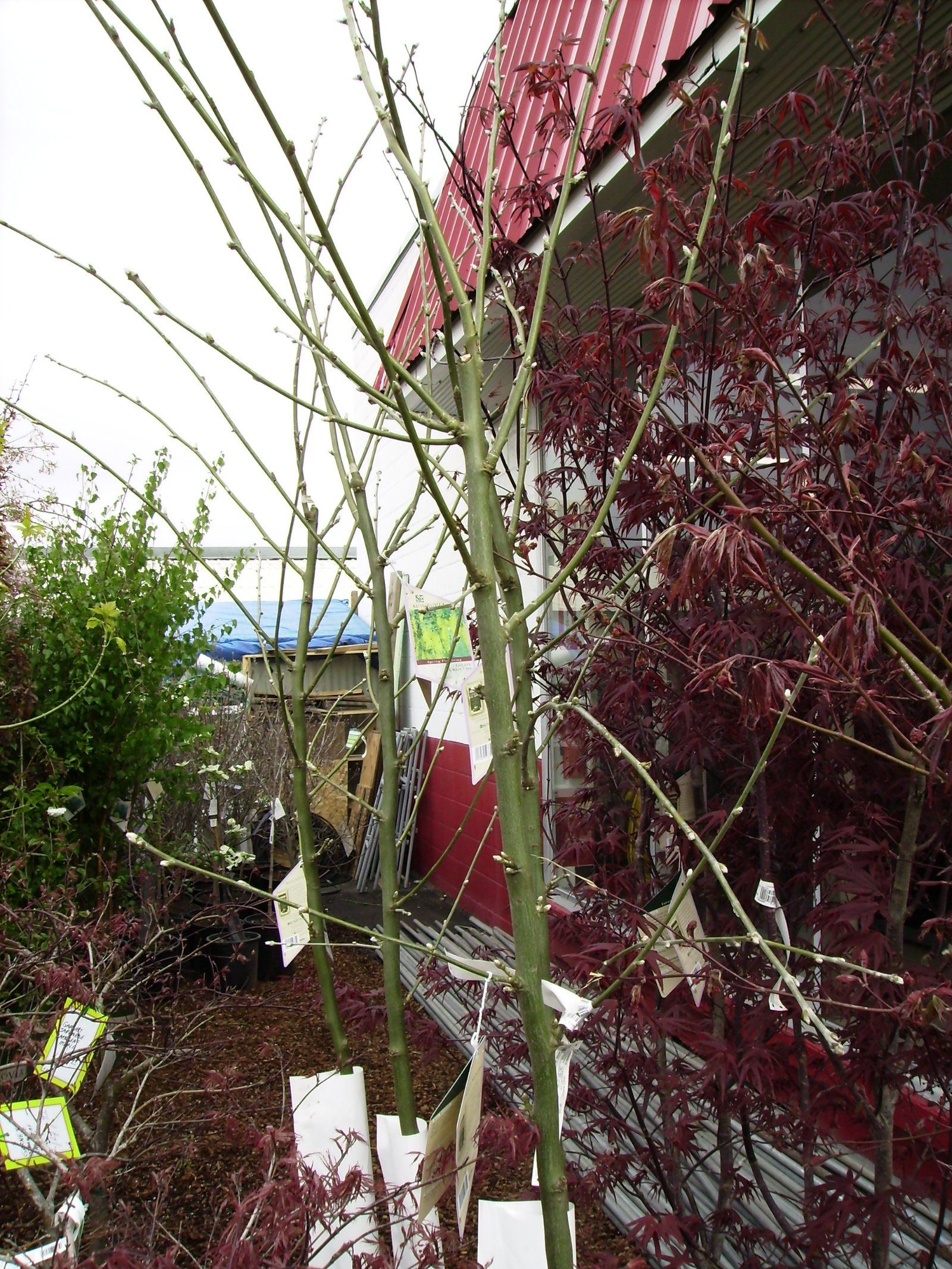
Many of these invasive plants are escapees from gardens and landscapes where they were originally planted. Purchased at local nurseries, wholesale suppliers and elsewhere, these plants have the potential of taking over large areas, affecting native plants and animals and negatively changing the ecosystem. The ornamental plant trade operated like a botanical Russian roulette – gardeners never knew which pretty plant would turn into an ecological nightmare. Purple loosestrife was sold and planted for decades as a decorative ornamental plant. However, due to its negative impacts on native plants and its ability to escape from cultivation, purple loosestrife is illegal to sell in most states. It’s remarkable how many environmental disasters started with someone saying, “This would look lovely in my garden.”
Water Hyacinth: The Beautiful Waterway Clogger
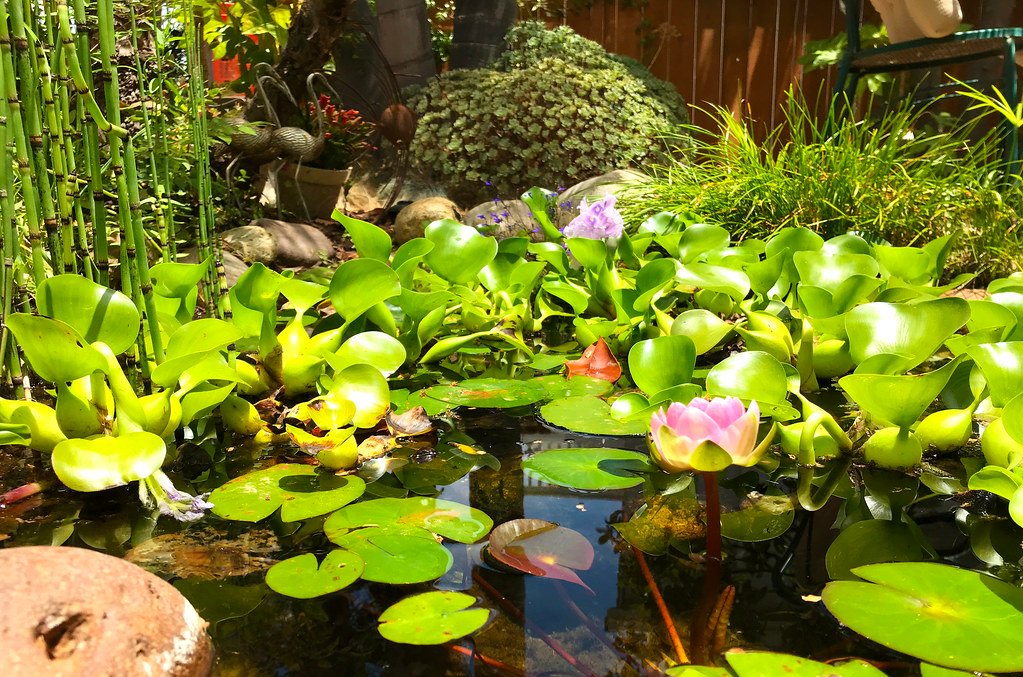
Water hyacinth is a beautiful aquatic plant, introduced to the U.S. from South America as an ornamental. In the wild, it forms dense mats, reducing sunlight for submerged plants and aquatic organisms, crowding out native aquatic plants, and clogging waterways and intake pipes. Here’s a plant so beautiful it was displayed at the World’s Fair, yet so destructive it can literally choke the life out of entire water systems. It demonstrates how nature’s most stunning creations can become environmental villains when placed in the wrong context. The plant’s rapid reproduction creates what scientists call “monocultures” – essentially turning diverse ecosystems into single-species wastelands.
Japanese Honeysuckle: The Sweet-Smelling Strangler
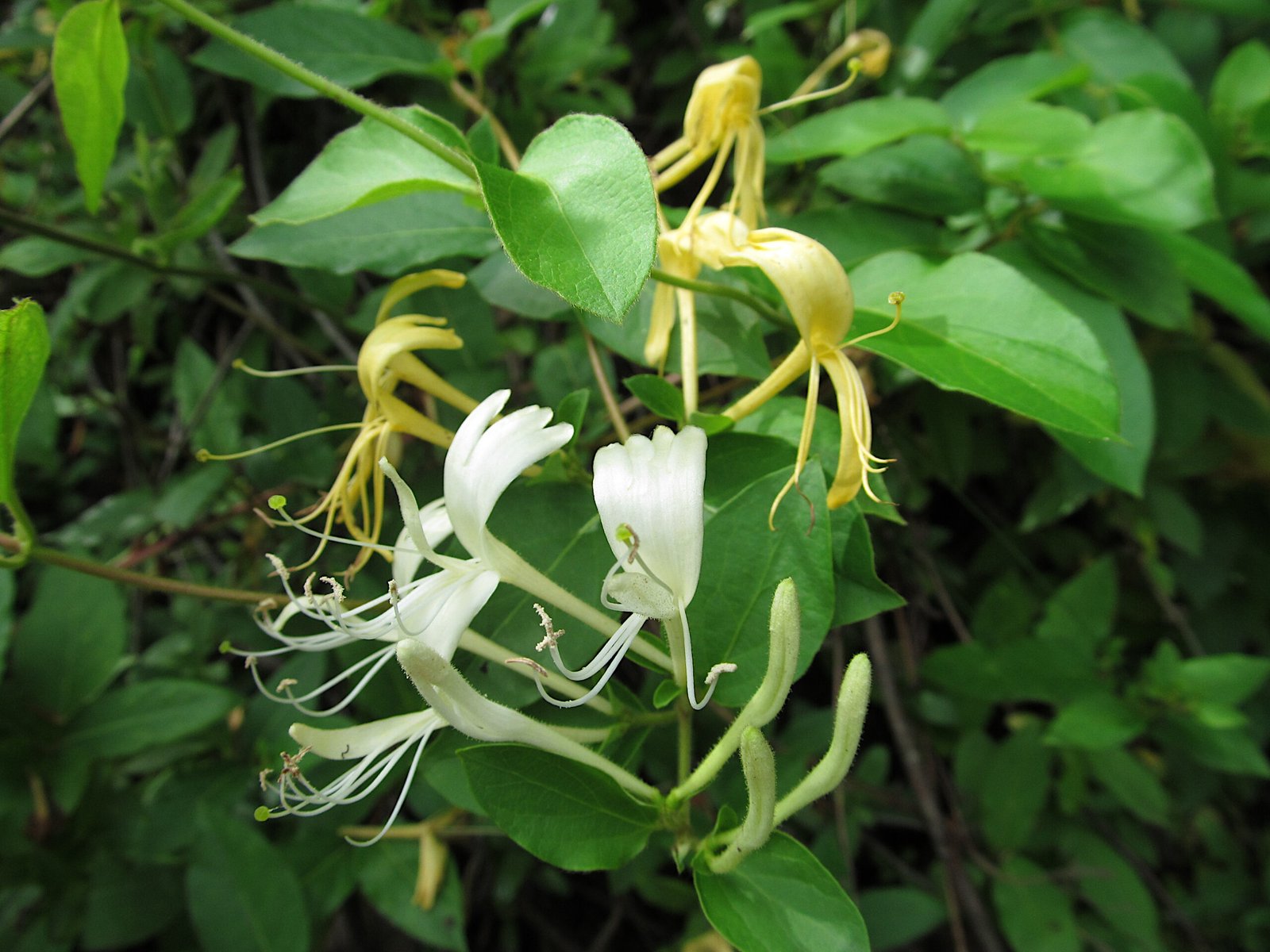
Japanese honeysuckle was brought to Long Island, NY, in 1806 for ornamental use and erosion control. With its fragrant flowers and vigorous growth, it seemed like the perfect landscape plant. The plant has become prolific throughout much of the East Coast as it adapts to a wide range of conditions. Japanese honeysuckle is an aggressive vine that smothers, shades and girdles other competing vegetation. Many of the birds eat the fruit of this plant, thereby spreading the honeysuckle’s seeds. It’s ironic that the very wildlife the plant was supposed to benefit became unwitting accomplices in its spread across the continent.
The Role of Transportation Networks

Roads, railways, and waterways became the superhighways for invasive plant dispersal. Road maintenance and construction create disturbed sites which can contribute to the spread of purple loosestrife. Road equipment, when not properly cleaned, can transport seeds and plant fragments to further the spread. Regularly clean your boots, gear, boat, tires, and any other equipment you use outdoors to remove insects and plant parts that may spread invasive species to new places. When camping, buy firewood near your campsite (within 30 miles) instead of bringing your own from home, and leave any extra for the next campers. Invertebrates and plants can easily hitch a ride on firewood you haul to or from a campsite—you could inadvertently introduce an invasive to a new area. Modern transportation made it possible for a seed picked up in one state to be deposited hundreds of miles away in just a few hours.
The Gulf Coast: Gateway to Invasion

The Gulf South is an area that historically has been proven to be particularly susceptible to the introduction of non-native invasive species. The porous nature of this region and the numerous ports that reside within it contribute in large part to the introduction of non-native aquatic species. This region is home to one of the nation’s most active ports (the Port of New Orleans), in addition to numerous other large ports in Houston, Mobile, Gulfport, etc. The Mississippi River provides access to 14,500 miles of connecting waterways throughout North America through the Mississippi Delta by way of the Port of New Orleans, providing for a path of little resistance for non-native species to disperse throughout the region. The Gulf Coast became like a revolving door for invasive species, with each ship potentially carrying biological cargo that could reshape entire ecosystems.
Norway Maple: The Shade Tree Takeover
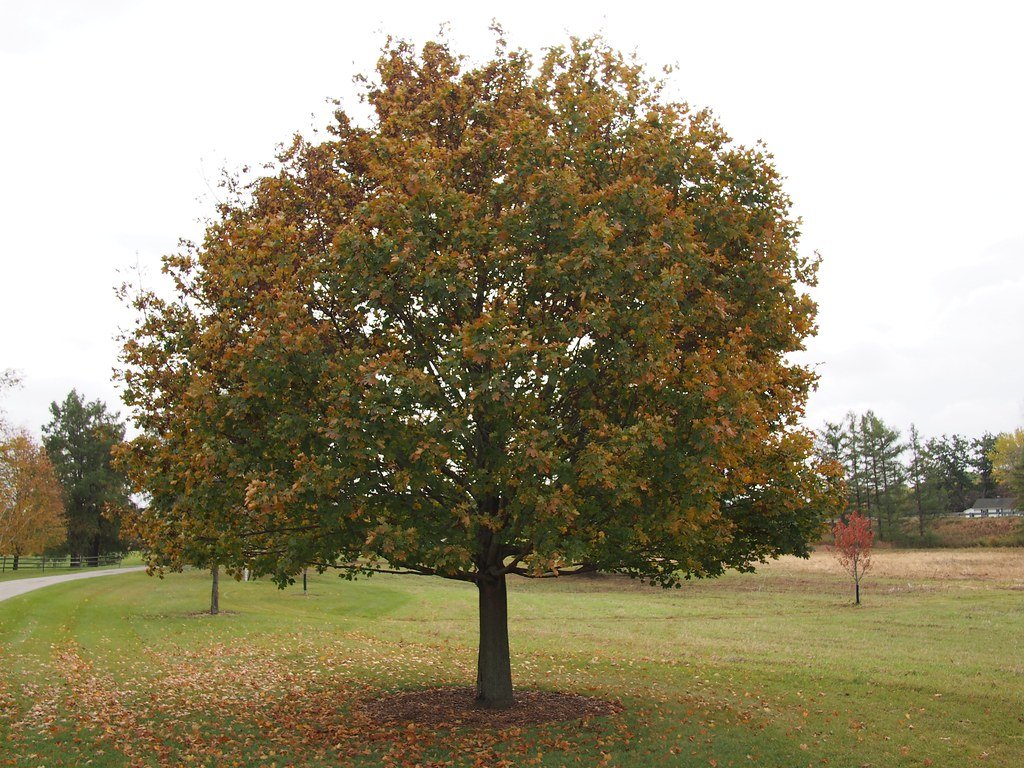
The Norway maple displaces native trees and has the potential to dominate a landscape in both the Northeast and Northwest. It displaces native maples like the sugar maple and its dense canopy shades out wildflowers. Here was a tree that seemed perfect for urban landscapes – hardy, fast-growing, and tolerant of pollution. But in natural forests, its aggressive nature spelled doom for native species. The Norway maple’s success story is particularly insidious because it looks so similar to native maples that many people don’t realize they’re looking at an invader. It’s like a perfect spy that infiltrates enemy territory by blending in perfectly with the locals.
The Great Lakes: Freshwater Invasion Central
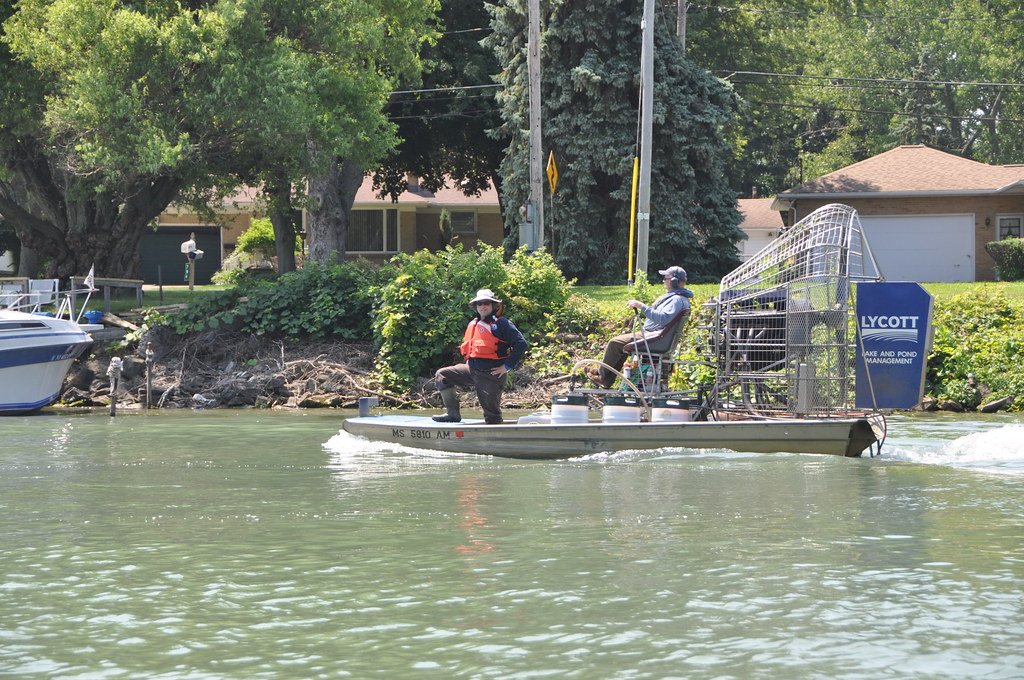
The Great Lakes remain one of the most heavily invaded freshwater systems in the world. Ballast water from cargo ships crossing the ocean inadvertently brought in many aquatic invasive species (AIS), accounting for the introduction of 40% of all nonindigenous aquatic species in the Great Lakes. And with roughly 50 million gallons being emptied into U.S. waters every day, ballast water is one of the biggest transporters of non-native marine species. The Great Lakes became an unintentional laboratory for studying what happens when you mix species from around the world in one massive freshwater system. Ships arriving from European and Asian ports essentially turned the Great Lakes into a melting pot of aquatic life.
Modern Detection and Response
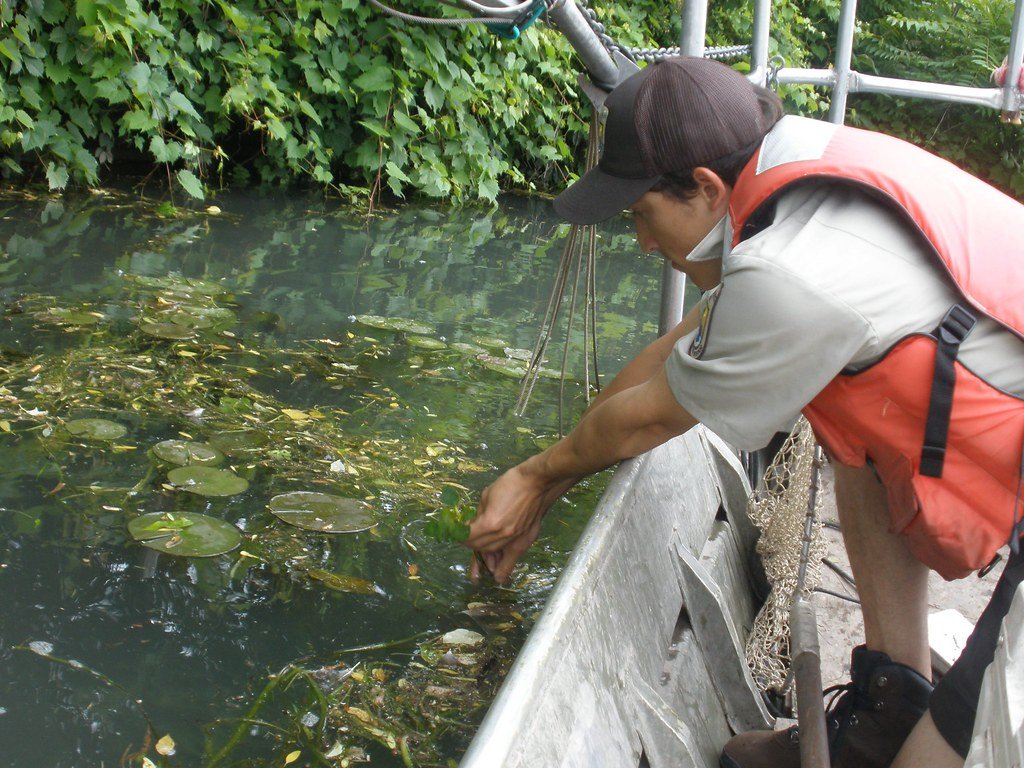
There are more than 6,500 invasive species established across the United States. The large numbers of invasive species prevent us from maintaining detailed information on all invasive species. Today’s response to invasive species involves sophisticated monitoring systems and rapid response teams. In addition, learn to identify invasive species in your area, and report any sightings to your county extension agent or local land manager. Technology has transformed our ability to track and respond to invasions, but the sheer number of established species means we’re often playing catch-up. Think of it as trying to monitor thousands of ongoing crime scenes simultaneously while new crimes continue to occur.
Economic Consequences of Plant Invasions
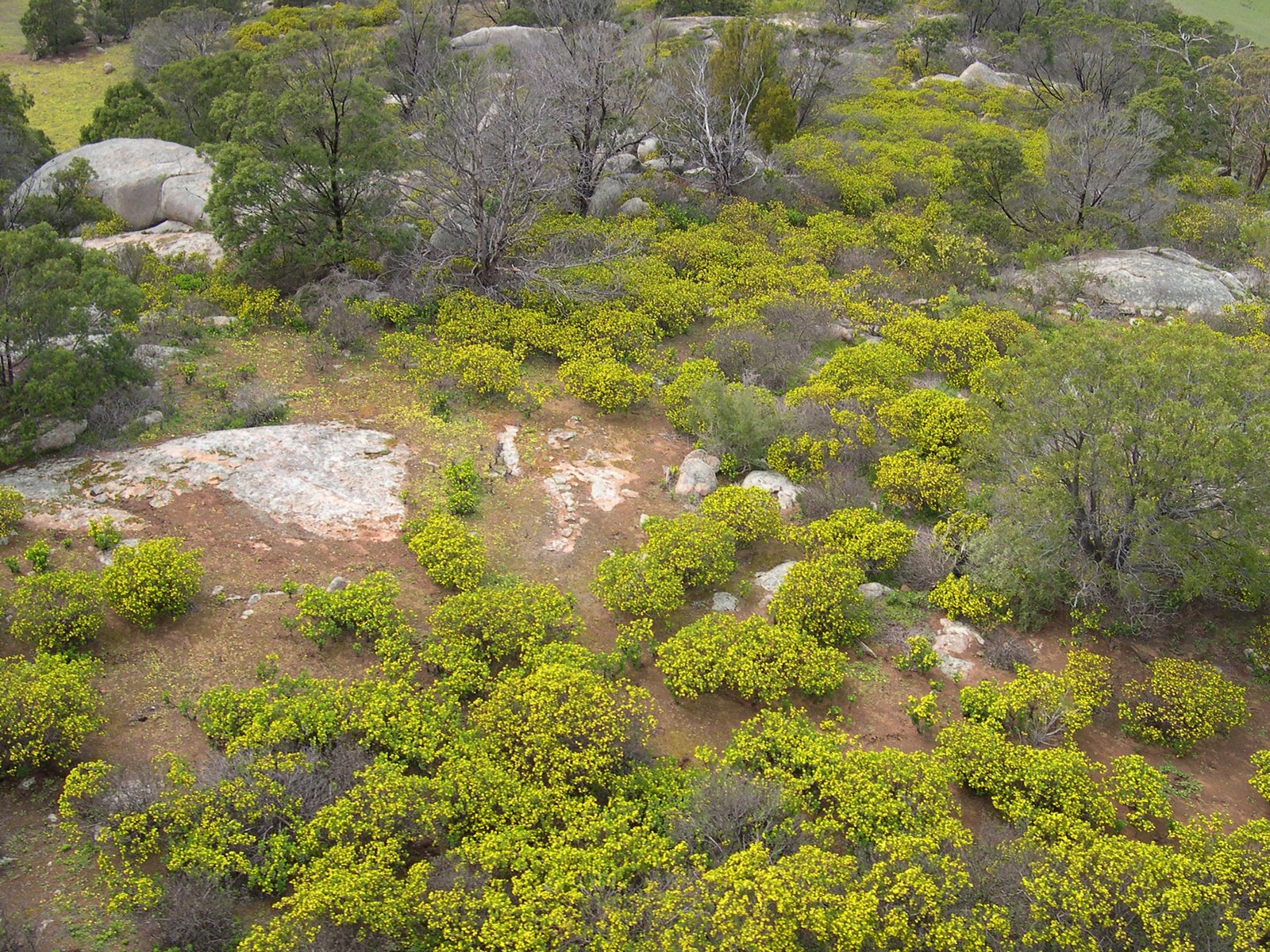
Introduced rats cause more than $19 billion per year in damages, exotic fish cause up to $5.4 billion annually, and the total costs of introduced weeds are estimated at around $27 billion annually. The total damage to the native bird population from invasive species is approximately $17 billion per year. Approximately $2.1 billion in forest products are lost each year to invasive plant pathogens, and a conservative estimate of the losses to livestock from exotic microbes and parasites was $9 billion per year in 2001. In Canada alone, it is estimated that invasive aquatic species cause close to $6 billion in disruption and damages every year. These numbers represent more than just financial costs – they reflect damaged ecosystems, lost biodiversity, and compromised natural resources that support countless communities and industries.
The Biocontrol Solution: Fighting Fire with Fire

Four species beetles (2 leaf beetles and 2 weevils) have been released in the United States as biocontrol agents for purple loosestrife. They have had some measure of success controlling purple loosestrife populations. The leaf-feeding beetles Galerucella calmariensis and G. pusilla defoliate and attack apical buds as both adults and larvae and can slow growth and diminish seed production. Scientists discovered that the best way to fight an invasive species might be to introduce its natural enemies. It’s like hiring the plant’s worst enemy as a security guard. This approach requires extensive testing to ensure the biocontrol agents won’t become invasive themselves, but when successful, it offers a sustainable, long-term solution.
Climate Change: The Game Changer
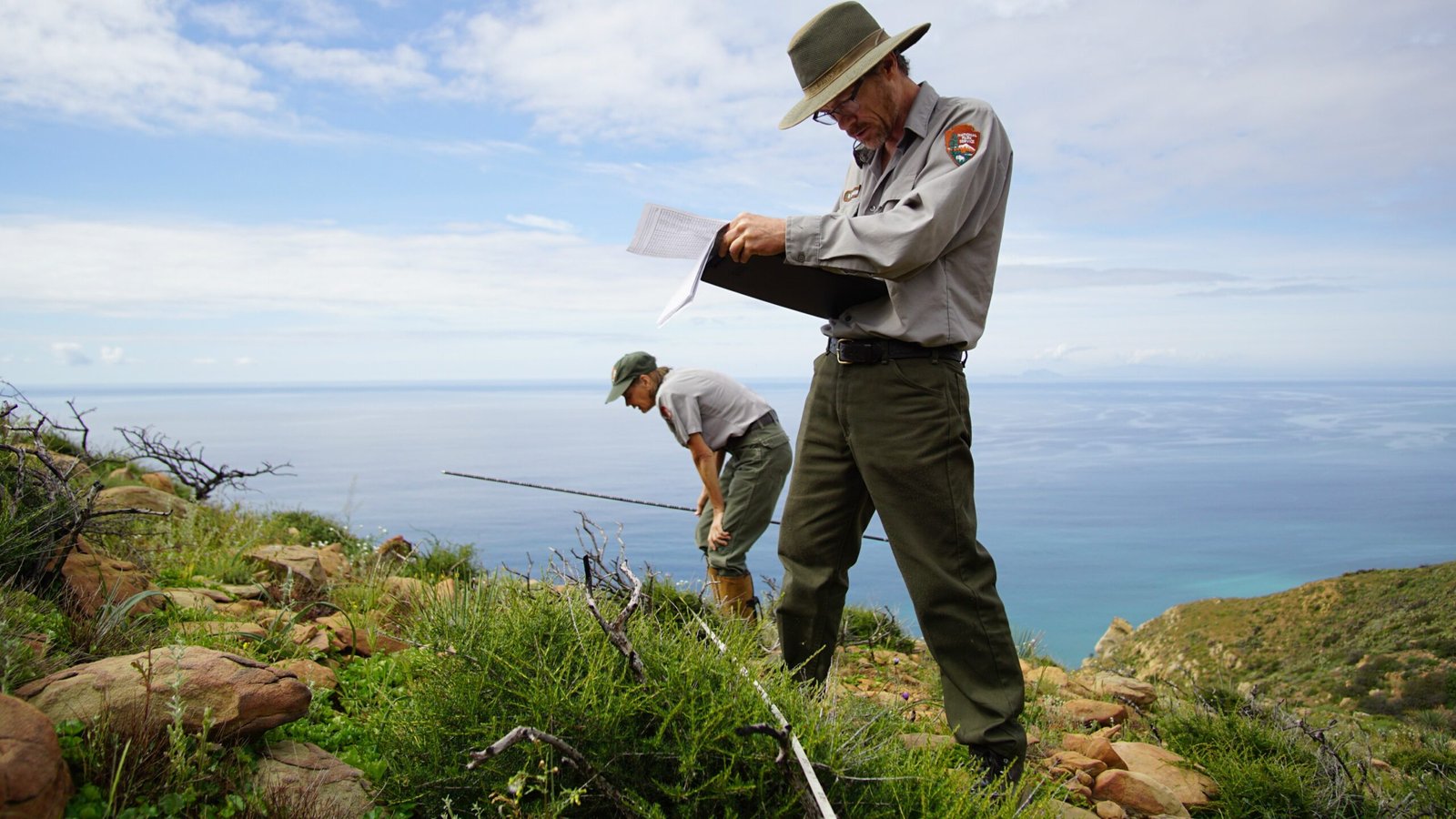
Because of purple loosestrife’s ability to adapt to different climates within a short period, the chances are good that it will be very resilient to climate change, expanding its northern range as the climate warms. Ecologists hypothesize that the effects of climate change on NIS in the Pacific Northwest are likely to include: (1) different introduction modalities, (2) altered impacts of existing NIS, (3) different distribution patterns of existing NIS, (4) increased biological invasions, and (5) altered efficacy of current NIS management techniques. Climate change acts like a reshuffling of the deck – species that were previously confined to certain regions can now survive in new areas, while management strategies that once worked may become obsolete. It’s environmental chaos theory in action.
Prevention: The Ultimate Defense
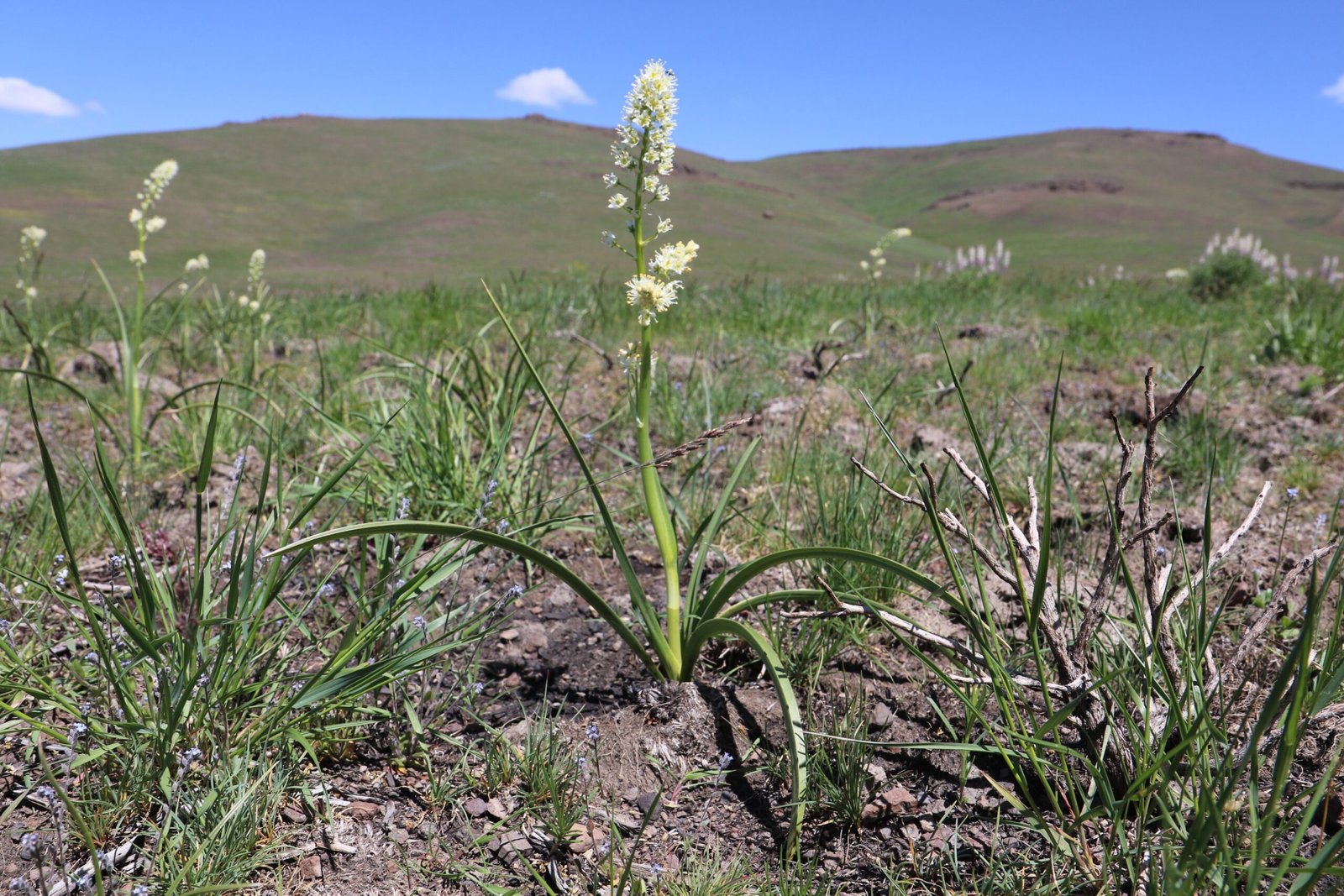
One way to curb the spread of invasive species is to plant native plants and remove any invasive plants in your garden. There are many good native plant alternatives to common exotic ornamental plants. Boats, trailers, fishing equipment, hiking shoes, and all other forms of transport vehicles can also carry the plant to new areas. Prevention remains our most powerful weapon against invasive species. Clean your shoes or bicycle tires when moving between designated trails in different areas. Invasive plants are often spread accidentally from seeds stuck in treads. Simple actions like cleaning boots and choosing native plants can prevent the next ecological disaster.
The story of invasive plants in North America reads like a cautionary tale about unintended consequences. From purple loosestrife’s beautiful but destructive march across wetlands to kudzu’s green tsunami across the Southeast, these botanical immigrants remind us that good intentions can lead to ecological chaos. Each seed that hitchhiked across oceans, each ornamental plant that escaped cultivation, and each “miracle crop” that turned invasive teaches us that nature doesn’t recognize our borders or our plans. As we face an uncertain climate future, the question isn’t whether new invasions will occur, but whether we’ll learn from past mistakes to prevent them. What would you guess is hiding in the soil of the next ship to dock?

